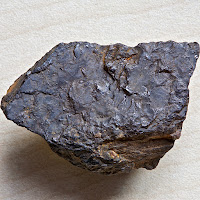Perlite is a hydrated, naturally-occurring volcanic rock. Its unique structure consists of numerous concentric layers, similar to the layers in an onion. Its natural color ranges from light pearl gray to dark gray. The distinguishing feature which sets Perlite apart from other volcanic siliceous rocks is that when heated above 1600°F, it expands up to 20 times its original size. The expansion is due to the presence of water (nearly 5%) trapped in the crude ore.
Iran has many Perlite resources and is one of the best Perlite suppliers in Middle East. Marjan Mineral Company has a great ability to make all necessary trading communication with most of Perlite supplier. Read more . . .
Perlite Usages
Perlite is used in a number of different situations.
- The majority of Perlite is used in construction products, mainly ceiling tiles and roof insulation products, but also as refractory bricks (a refractory brick is a brick designed to withstand very high temperatures), pipe insulation, and filling in masonry block construction. For example, loose Perlite is poured into holes in concrete blocks after they are laid in place to improve the insulating quality of the construction. Perlite is also used as an insulator in other ways in the construction of buildings. It reduces noise and, since it is non-combustible, it also improves the fire resistance of different construction components in buildings.
- Perlite is an important commodity in the horticulture industry where it is mixed with soil. The addition of Perlite to soil increases the amount of air (i.e., oxygen) held in the soil, as well as the amount of water retained by the soil. This obviously improves the growing conditions for plants. This represents approximately 10% of annual Perlite consumption.













